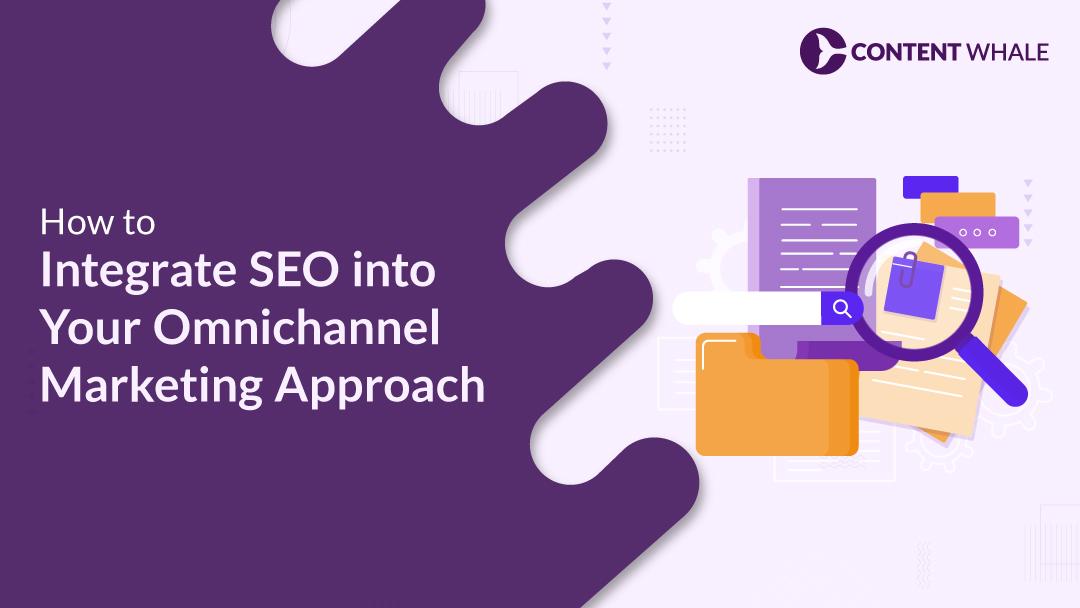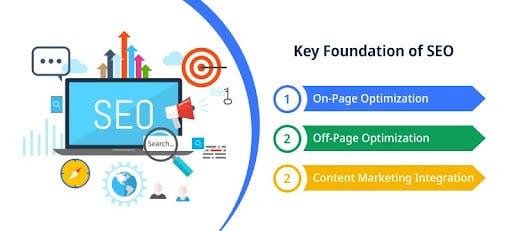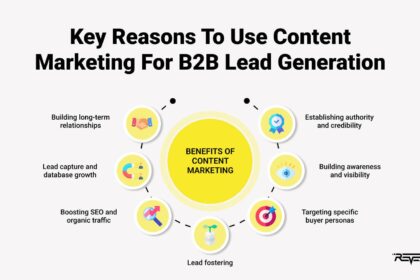In an increasingly digital world where every click counts, the synergy between search engine optimization (SEO) and marketing strategies has never been more crucial. As businesses strive to carve out their unique space in the crowded online marketplace, the ability to bridge the gap between these two powerful disciplines can be the key to unlocking unprecedented growth and engagement. While SEO lays the foundation for visibility and organic reach, marketing paints the broader narrative that captivates and converts audiences. This article delves into the intricate relationship between SEO and marketing, exploring innovative approaches that integrate these strategies to not only boost search rankings but also create compelling brand stories. Join us as we unravel the complexities of this dynamic interplay and provide actionable insights to help you harmonize your SEO and marketing efforts for maximum impact.
Aligning Goals for Seamless Integration of SEO and Marketing Efforts
To achieve a harmonious synergy between SEO and marketing initiatives, it’s crucial to define and align your goals from the outset. This alignment creates a shared understanding of what success looks like, ensuring that both teams move in the same direction. When establishing your goals, consider key components such as:
- Target Audience: Identify who your ideal customers are and how they engage with your brand.
- Keyword Focus: Develop a shared list of relevant keywords that resonate with both SEO and marketing strategies.
- Measurable Outcomes: Determine specific metrics that both teams will use to measure success, ensuring accountability and collaboration.
Moreover, fostering a culture of ongoing communication is vital to maintaining alignment. Regular meetings and updates can help bridge any gaps between departments, allowing for real-time adjustments to strategies. Implementing integrated tools that track both SEO performance and marketing outcomes can enhance visibility and facilitate data-driven decisions. In line with this, consider using a centralized dashboard that highlights:
| Metric | SEO Goals | Marketing Goals |
|---|---|---|
| Website Traffic | Increase organic traffic by 30% in 6 months | Boost overall site visits by 20% through campaigns |
| Conversion Rate | Improve conversion rate from organic traffic by 5% | Achieve a 10% conversion rate from referral traffic |

Understanding the Role of Keyword Research in Targeted Marketing Campaigns
In the dynamic landscape of digital marketing, keyword research serves as the cornerstone for crafting effective and targeted campaigns. By identifying the specific terms that potential customers use when searching for products or services, businesses can tailor their messaging more accurately. This process not only enhances visibility in search engines but also allows marketers to speak directly to the pains and needs of their audience. The benefits of detailed keyword research include:
- Increased Traffic: Targeted keywords attract highly relevant visitors.
- Improved Content Strategy: Insights from keyword data inform blog topics and ad copy.
- Higher Engagement: Content that resonates encourages interaction.
Moreover, keyword research facilitates a seamless alignment between SEO efforts and overall marketing strategies. By integrating insights from organic search data, marketers can optimize their Paid Search and Social Media campaigns effectively. For example, utilizing a well-structured table can help in comparing keyword performance across various platforms:
| Keyword | Search Volume | Competition | Organic CTR |
|---|---|---|---|
| Digital Marketing Tips | 8,000 | Medium | 25% |
| SEO Best Practices | 5,500 | High | 20% |
| Social Media Strategies | 3,200 | Low | 30% |
This not only allows marketers to prioritize efforts based on real-time performance analytics but also directs resources towards high-impact keywords that promise better conversion rates. By continuously refining keyword strategies, businesses can ensure their marketing campaigns remain relevant and effective in driving growth in an increasingly competitive environment.

Leveraging Content Creation to Enhance Visibility and User Engagement
In today’s digital landscape, creating engaging content is essential for businesses looking to enhance visibility and foster deeper connections with their audience. By developing a diverse range of content types, brands can cater to the varying preferences of their users, resulting in higher engagement levels. Consider implementing a multitiered approach that includes:
- Blog posts that address current trends and audience concerns
- Infographics that provide provocative insights visually
- Videos that tell compelling stories or provide valuable tutorials
- Podcasts that discuss industry news and expert interviews
Strategically incorporating SEO throughout your content creation process is key to maximizing reach. By optimizing keywords, meta descriptions, and imagery, businesses can boost their search engine rankings while maintaining captivating narratives. A well-structured content calendar can facilitate consistent output, ensuring that fresh, relevant content keeps your audience engaged. Here’s a simple table illustrating the integration of content types and SEO practices:
| Content Type | SEO Focus |
|---|---|
| Blog Posts | Long-tail keywords, internal linking |
| Videos | Video descriptions, tags |
| Infographics | Image alt text, shareable links |
| Podcasts | Transcripts, relevant keywords |

Measuring Success: Metrics to Track the Impact of Integrated Strategies
To truly gauge the effectiveness of your integrated SEO and marketing strategies, it’s essential to establish clear metrics that provide insights into performance. Traffic sources should be at the forefront of your analysis, as they reveal how well your content draws visitors from various platforms (organic search, social media, email campaigns). Monitoring conversion rates is equally critical; it tells you how effectively your strategies are turning visitors into customers, ultimately reflecting the success of your efforts. Other valuable metrics to consider include:
- Bounce Rate: Measures the percentage of visitors who leave after viewing only one page, highlighting engagement levels.
- Average Session Duration: Indicates the amount of time visitors spend on your site, offering insights into content relevance.
- Keyword Rankings: Tracking changes in your keyword positions can illustrate the impact of your SEO efforts.
When it comes to qualitative aspects, customer feedback provides rich insights into the perception of your brand post-integration. This could range from online reviews to survey responses, which serve to highlight areas for improvement and strengths in audience resonance. Additionally, you can structure your reporting using a straightforward table to synthesize these metrics effectively, ensuring that your data visualization remains clear and actionable:
| Metric | Current Value | Previous Value | Change |
|---|---|---|---|
| Traffic Sources (Organic) | 70% | 60% | +10% |
| Conversion Rate | 5% | 3% | +2% |
| Bounce Rate | 40% | 50% | -10% |
The Way Forward
the synergy between SEO and marketing is not merely a trend but a necessity in today’s digital landscape. By bridging the gap between these two powerful disciplines, businesses can navigate the complexities of online visibility and audience engagement with greater efficacy. As we move forward, embracing the interconnectedness of SEO and marketing will not only enhance brand presence but also foster deeper connections with target audiences. In a realm where consumer behavior is continuously evolving, the integration of these strategies will serve as a guiding compass, steering brands toward sustained growth and success. So, as you embark on refining your own approach, remember that the music of SEO and marketing, when played in harmony, creates a symphony that resonates with the hearts of consumers and drives enduring results.



